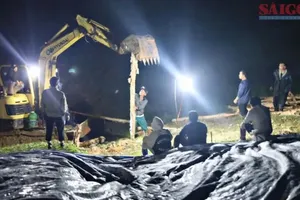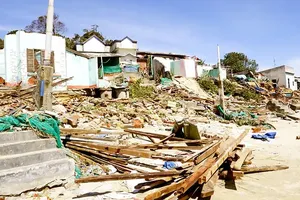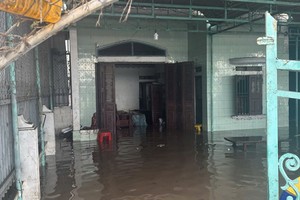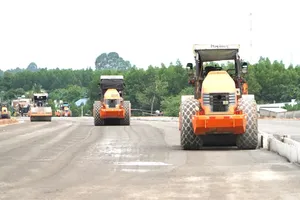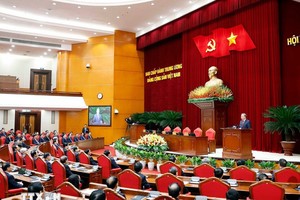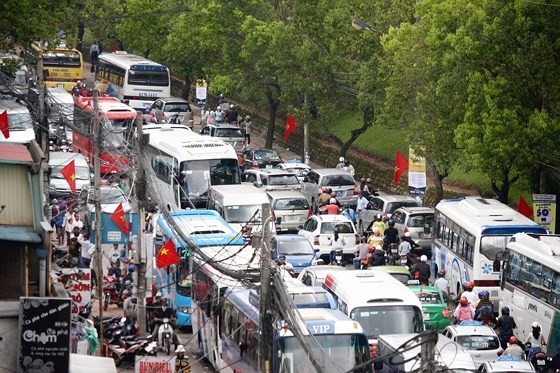
Suffocated highland city
The naturally clean and fresh air of a mountainous town has been taken up by countless urban buildings, making the atmosphere in downtown Da Lat stuffier than ever.
Outskirts areas are no better with agricultural greenhouses replacing all the greeneries. Even valleys and hills could not escape the invasive urbanization.
In Thai Phien and Van Thanh agricultural production areas in Ward 12 and 5, new greenhouses continue to spring up, nibbling away at pine trees in adjacent areas. Greenhouses in Da Lat now cover a total of 2,400ha, accounting for 50% of greenhouse coverage in all of Lam Dong province.
There is a multitude of buildings, mostly touristic hotels, violating the rules on maximum height and number of floors set by the Government, which point out that buildings in the city center must not be more than 5-floor high (excluding landmarks). These rules were stated under Decision No. 704/QĐ-TTg on the general zoning plan for Da Lat and its vicinity until 2030 and anticipation until 2050.
Escalated population density in each area also puts the fresh water supply and sewage system at risk. The high volume of vehicles especially those serving tourists is placing a strain on the city’s infrastructure as well as threatening traffic safety.
Plans to preserve Da Lat’s personality
With large-scale urbanization process underway, it is easy to see how the once treasured pine forests is slowly being wiped out day by day.
The indigenous lakes that used to be the symbol of Da Lat’s romantic scenery have been narrowed due to sedimentation or disappeared completely.
Architect Ngo Viet Nam Son, a researcher on Da Lat zoning plans, commented that the city’s development in the past few decades has been at a fast pace but also spontaneous and is going against the previously controlled and well-planned strategies.
It is necessary to avoid replacing old buildings with new ones, but instead try to enhance the innate value of the city with intertwining new and old structures, the latter bearing imprints of significant historical periods.
Population growth must go hand in hand with economic prosperity, according to Professor - Doctor - Architect Bruno De Meuler (member of the Urban architecture research team in Belgium). Da Lat needs to be upgraded with public transport expansion, and preserved with forest planting programs for areas beyond the greenhouses on the outskirts.
In the aforementioned General zoning plan, it is stated that leveling processes for constructions must not damage natural terrain by minimizing earthworks. It is also required that urban drainage is enabled, and protections against climate change must be kept in mind.
Associate Professor - Dr. Nguyen Mong Sinh, former Chairman of the Union of Science and Technology Associations in Lam Dong province, said that it is necessary to maintain the basic shape of a highland city by preserving the original topology. It is not advisable to create structures that obscure natural landscape or overrun the pine forests.
“We must protect the ecology within the city’s lakes at all cost. It is essential to relocate agricultural production areas to serve this cause”, he added.
In addition to forming satellite towns, there are plans to expand the city towards northern and northeastern areas, according to Mr. Le Quang Trung, Director of Lam Dong Department of Construction. In these areas, the maximum construction height shall be 7 or 8 floors. Moreover, new settlers are expected to be attracted towards outer areas instead of the city center by the establishment of new infrastructure, starting with transportation.





